Search
Did you mean: Roman Architecture?
Search Results
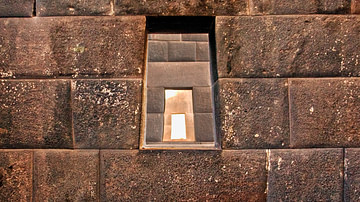
Definition
Inca Architecture
Inca architecture includes some of the most finely worked stone structures from any ancient civilization. Inca buildings were almost always practical and pleasing to the eye. They are also remarkably uniform in design with even grand imperial...
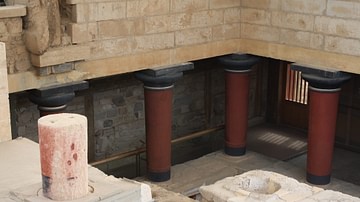
Definition
Minoan Architecture
The unique contribution of the Minoan civilization to European architecture is possibly most evident in the great palace structures of the major Minoan centres of Knossos, Phaistos, Malia and Zakros. Perhaps influenced by Egypt and the Near...
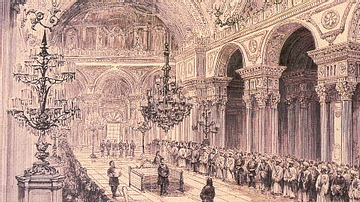
Image
Opening Ceremony of the First Ottoman Parliament
Opening ceremony of the First Ottoman Parliament at the Dolmabahçe Palace in 1876 CE. The First Constitutional Era lasted for only two years until 1878 CE. The Ottoman Constitution and Parliament were restored 30 years later with the Young...
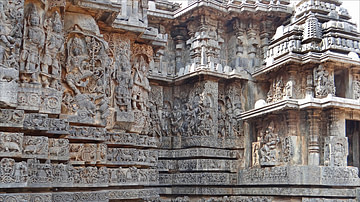
Article
Hoysala Architecture
The Hoysala era (1026 CE – 1343 CE) was marked by illustrious achievements in art, architecture, and culture. The nucleus of this activity lay in the present day Hassan district of Karnataka, India. The most remarkable accomplishment of this...

Article
Gothic Cathedrals: Architecture & Divine Light
Gothic cathedrals are some of the most recognizable and magnificent architectural feats. With soaring towers and softly filtered light streaming through stained glass windows, everything about the Gothic cathedral is transportive and ethereal...
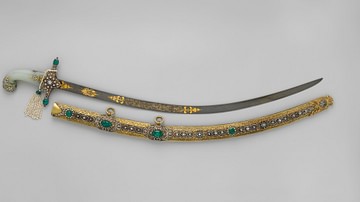
Image
Ottoman Sword of State
An Ottoman sword of state, used during inauguration ceremonies for sultans. The sword was refitted in 1876 CE for the planned inauguration of the Ottoman sultan Murad V (r. 1876 CE). The sword is comprised of a 17th Century CE Iranian steel...

Image
Ottoman Infantry Coat of Arms (1882-1922 CE)
A typical military sign from the Ottoman Empire known as "arma" (this Homeric Greek expression itself reflects a symbol adopted under influence from abroad). Used in the Turkish army (infantry) and displayed on the reverse side of the battalion...

Article
A Visual Glossary of Hindu Architecture
Adisthana - the decorative raised platform on which a temple is built. Alasa kanya - a decorative female figure. Amalaka - a large fluted stone disc placed on top of a Nagara tower taking its form from the amla or myrobalan fruit native...
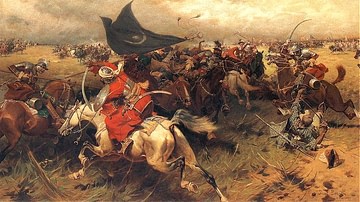
Image
Ottoman Sipahi Cavalry
16-17 century CE Ottoman sipahis in battle at Vienna, holding the crescent banner (by Józef Brandt)
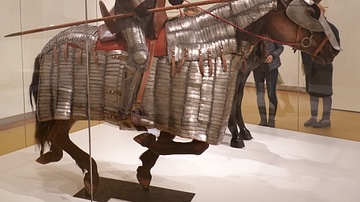
Image
Mamluk or Ottoman Cavalry
Armour for a cavalryman and his horse, produced c. 1500 CE. From the Mamluk Sultanate or Ottoman Empire. Collection of the Hermitage Amsterdam.